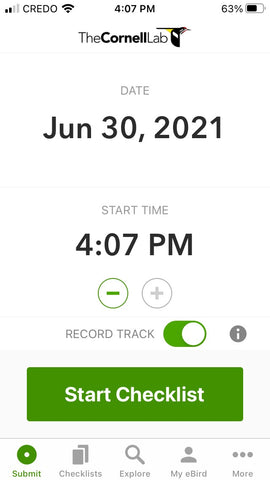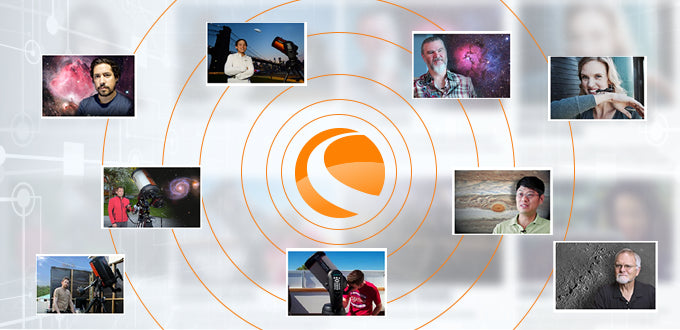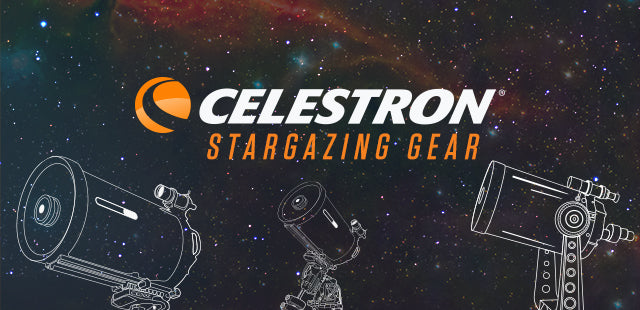Three Essential Apps for Birders
August 26, 2021

You really don’t need much equipment to get started in birding. All you need is a quality binocular and a smartphone. That smartphone can be loaded with myriads of apps to help with finding, identifying, and tracking birds. Let’s focus on just a few of the many apps available.
Here are three essential apps that every birder, whether a beginner or a seasoned veteran, should have on their phone.
eBird
 |
The creation of eBird at the turn of the century forever changed the birding world. This online database documents millions of bird observations a year from users all over the globe. The information is used by birders and scientists to better understand bird populations and conservation needs. With the introduction of the mobile app, eBird is easier to use than ever. You will need to register an account with eBird to get started, but the platform is free to join and the app is free to download and use. The app pulls up a checklist of likely species based on your location, and tracks your time and distance as you’re birding. Entering your observations is as easy as a few taps. You have the option to upload photos and sound recordings if you so desire. You do not need to be connected to the internet to track your sightings, a helpful feature when birding in remote areas without a signal. If you’re already using the web version of eBird, downloading and using the app is a no-brainer. If you’re not already using eBird, consider giving it a try. It’s a great way to track your observations while contributing to one of the world’s largest citizen-science projects. |
Merlin Bird ID
 |
Having Merlin on your phone is like having your own personal wizard to help you identify the birds you see and hear in the field. Powered by eBird, this app is impressively accurate. Download a bird pack for your region (just once) and then you are ready to go. Upload a photo of your mystery bird and Merlin will help you identify it. No photo? No problem. This app can suggest an identification based on your answers to a few simple questions. Where and when did you see the bird? What were the main colors? And what was it doing? Merlin will then use its machine learning technology to offer some possible answers to your identification question. And Merlin’s powers don’t stop there. The app can identify birds by sound, too. This feature was launched just a few days before the writing of this article, but it seems to be amazingly accurate and a real game-changer. To use this feature, all you need to do is get as close to the bird as you can, tap your screen, and then wait. Merlin will proceed to tell you what birds it is hearing. So far, I have been impressed with the ease of use and general accuracy of this new tool. With photos, sound recordings, and descriptive text of every species in its regional bird packs, available for many countries, Merlin can also function as a field guide. I would still recommend using a separate field guide app (more on that in a minute), but in many ways, Merlin is a one-stop shop for all your birding needs. |
Sibley Birds
 |
Every birder needs a good field guide or three, and while there will never be a true substitute for a physical, paper-and-ink book in the field, a field guide app is a handy tool that should not be overlooked. My personal favorite is Sibley Birds, based on The Sibley Guide to Birds by David Allen Sibley. This app includes, of course, the superb drawings of David Sibley, along with descriptive text, range maps, and sound recordings for more than 900 North American bird species. Interactive features include the ability to compare species side by side, and the option to filter by state or province, narrowing your search to the species most likely to occur in your area. Perhaps the greatest advantage of an app over a print-and-ink book is the sound recordings, and the Sibley app includes multiple recordings of the songs and calls of nearly every species. This app is not free, but I think the price is a worthy investment for a resource that I use on a near-daily basis. Other popular field guides, including Peterson and Audubon, are also available in app form. I suggest you take a look at each of them, and consider downloading and using more than one. |
Kyle Carlsen is a writer and field researcher based in southern Ohio.

























